In Europe and China, EV battery leasing is having a second act. Buyers lower the sticker, pay a monthly fee for the pack, and in some cases pull into a swap bay and leave five minutes later with a full “tank.” In the U.S., the first wave fizzled—remember VinFast’s short-lived battery subscription?—and there’s no confirmed American rollout for the new players. Treat this as a playbook from abroad: what works there, and what it would take to work here.
How EV Battery Leasing Changes the Drive
Leasing the pack doesn’t change how the car steers, rides, or brakes. The chassis still benefits from a low center of gravity; regen still blends into the pedal; highway noise still settles down because there’s no engine thrash. What changes is up-time. NIO’s swap network can replace a depleted pack in about five minutes, which reframes road-trip planning and daily charging habits—less waiting, more driving. That’s the part U.S. drivers would feel immediately if a similar network ever landed here.
Quick figures: in Europe, NIO prices battery-as-a-service at €169/month (75 kWh) or €289/month (100 kWh), with the car priced without the battery up front. That’s not magic; it’s a finance lever tied to infrastructure. By contrast, the first wave was mostly a finance trick without the supporting network.
Usability, Price, and Design: What U.S. Shoppers Would Need
Two truths can live together: Americans love simple deals, and they hate downtime. The early model asked buyers to split the car into “yours” and “not yours,” then wait days if the pack needed attention. It crumbled at resale, too, where dealers and private buyers bristled at a second contract attached to the battery. That friction showed up even in mature European markets, where owners have documented messy lease buy-outs and removals. The lesson: if the contract transfer and support aren’t turnkey, shoppers walk.
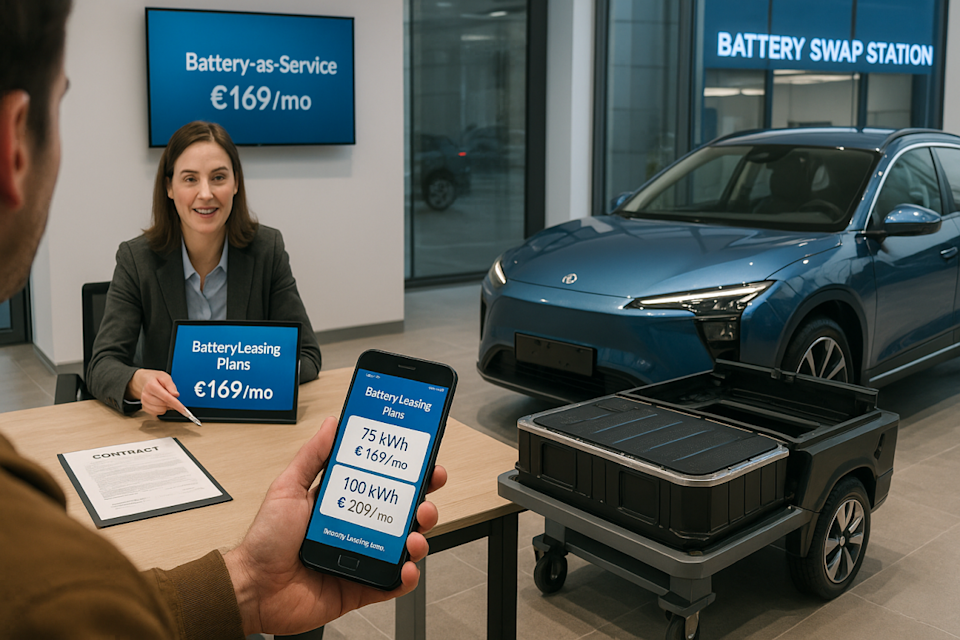
Look at the numbers that sold the first wave and why they weren’t enough. Renault’s Zoein France offered roughly €8,900 off the sticker when you leased the battery instead of buying it—real money on a small EV. But without a fast replacement path or universal dealer processes, the savings didn’t offset the hassle, and Renault wound down new battery leases across key markets by 2020.
On this side of the Atlantic, VinFast tried mandatory battery subscriptions for VF 8 and VF 9 pricing, then abandoned the plan in North America before first deliveries settled in. The takeaway: when the offer adds complexity without clear day-one benefits, U.S. buyers say no.
Competitors you know: how it would compare
Tesla Model Y / Hyundai Ioniq 5 / Ford Mustang Mach-E: strong DC fast-charge networks, one payment, clean resale. They set the convenience baseline a leasing scheme must beat in the U.S.
Battery-as-a-service overseas: lower entry price, five-minute swap convenience, and the option to upgrade from 75 kWh to 100 kWh later. It wins only if the network is dense and the paperwork invisible.
So, Will EV Battery Leasing Come Here?
Not from the current poster child. NIO operates BaaS in China and Europe, but it has no confirmed U.S. retail launch; late-2023 reporting framed North America as “still debating,” and a mid-2025 report said a U.S. expansion was suspended. If any brand brings battery-as-a-service stateside, it must show up with day-one infrastructure, bulletproof lease transfers, and dealer buy-in. Otherwise, it’s just Renault-and-VinFast all over again.
Verdict: What It Would Take To Win Over U.S. Drivers
For American shoppers, EV battery leasing only makes sense if it drives better value and less hassle. The revival abroad works because the math meets the experience: lower entry price, fast swaps, clear upgrade paths, and clean exits. To land here, the offer has to feel like convenience and flexibility, not a finance puzzle. Until a brand proves that—with stations where people live and drive, rock-solid contracts, and strong residuals—the smart money sticks with a single payment and a fast charger
This story was originally reported by Autoblog on Aug 23, 2025, where it first appeared in the Electric section. Add Autoblog as a Preferred Source by clicking here.
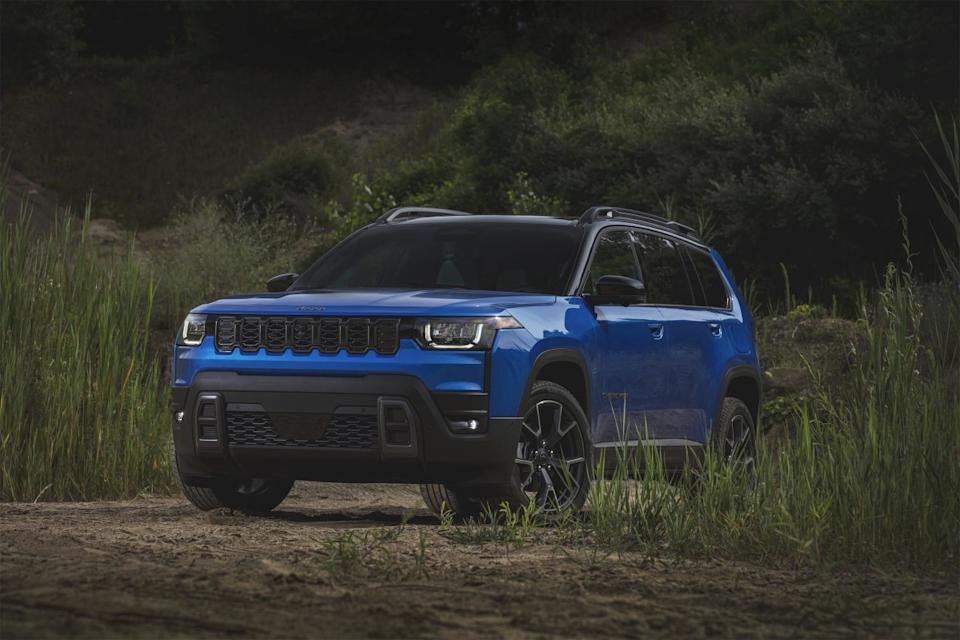
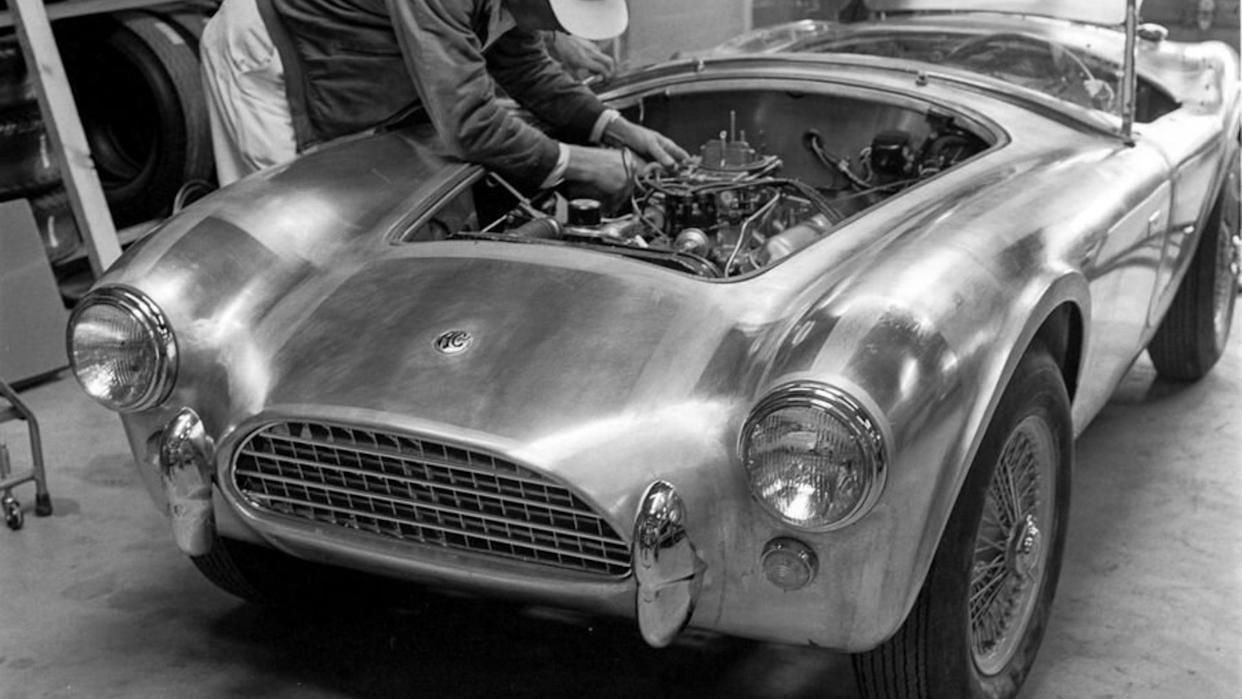
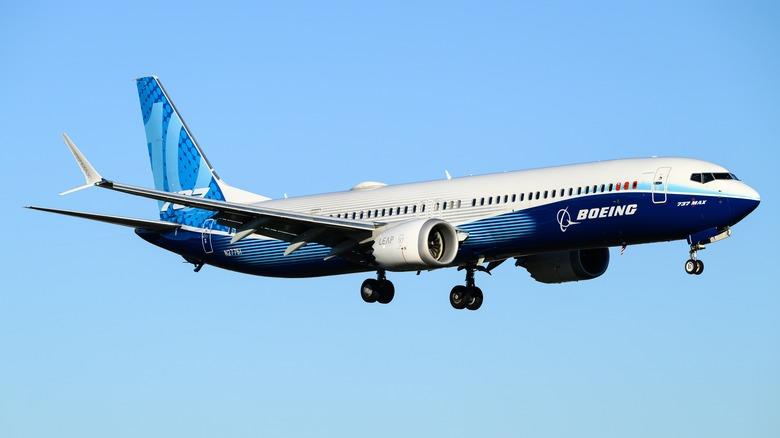
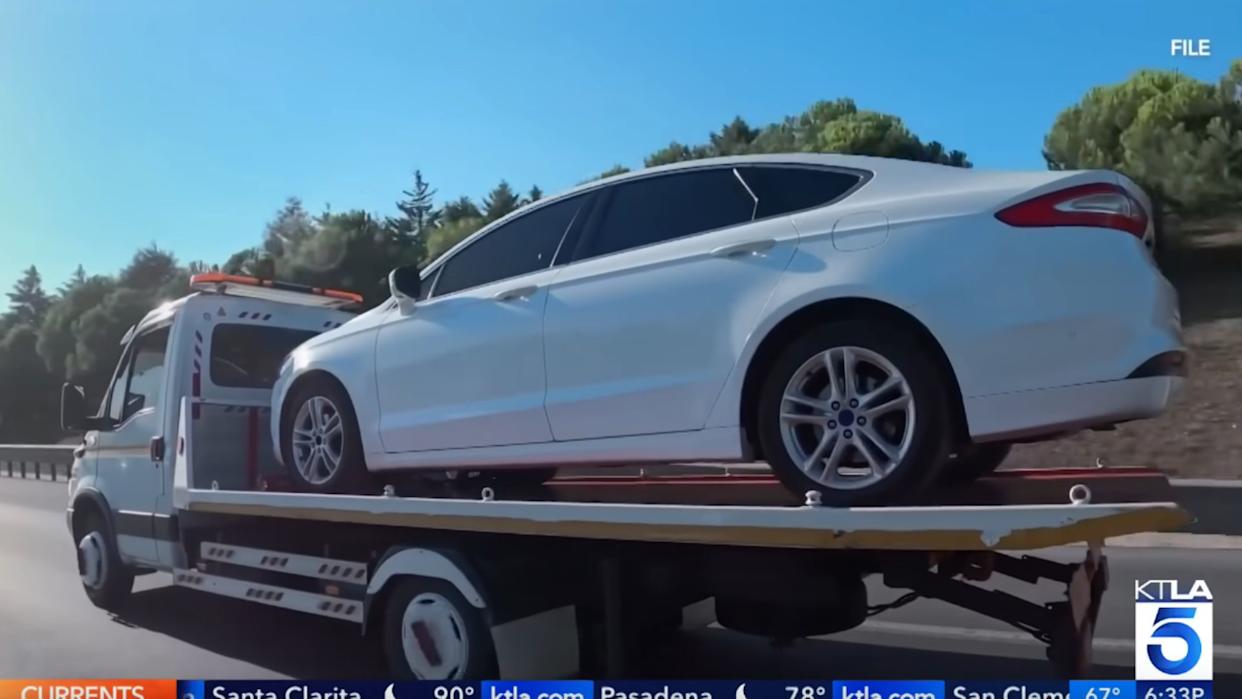
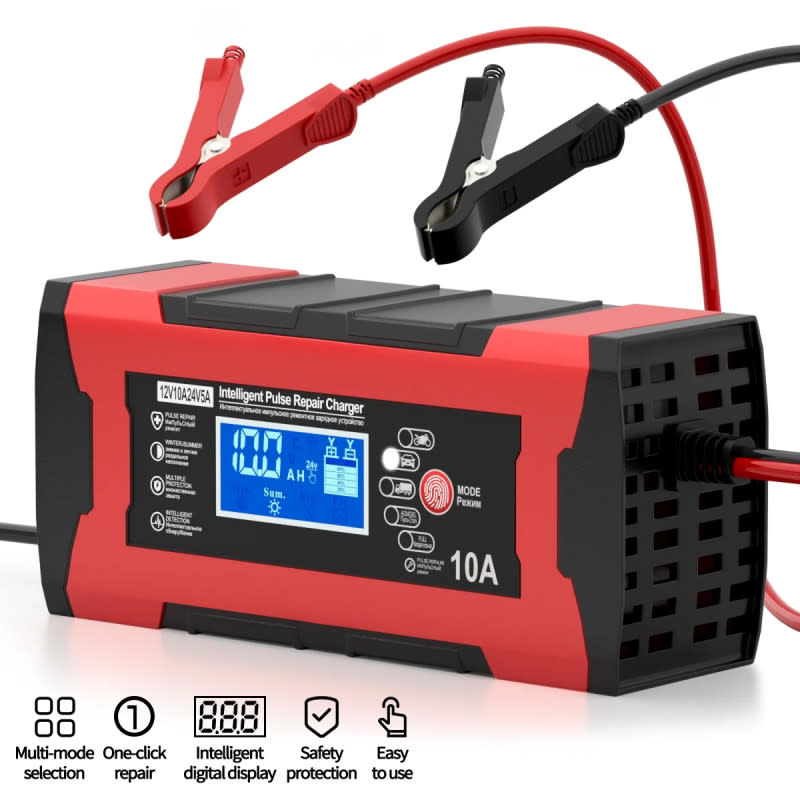
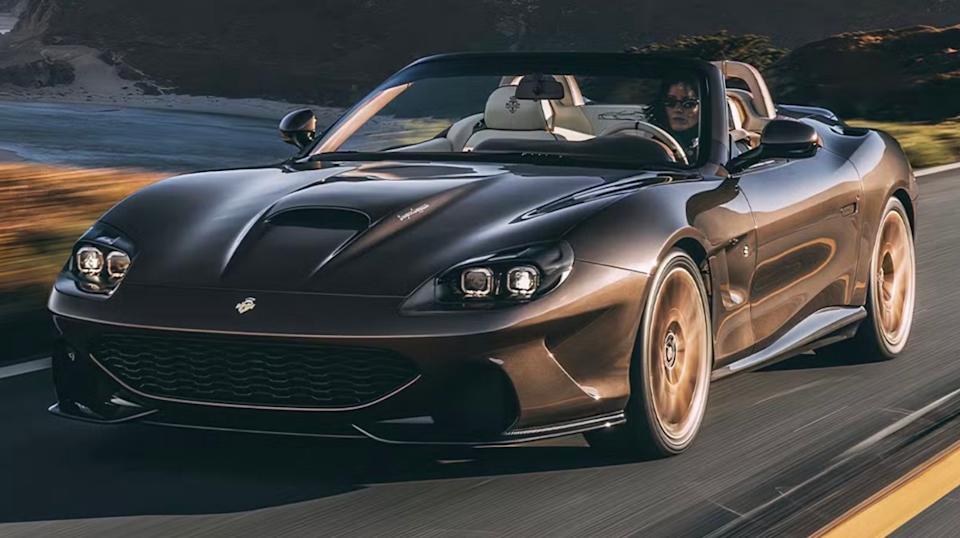

Comments